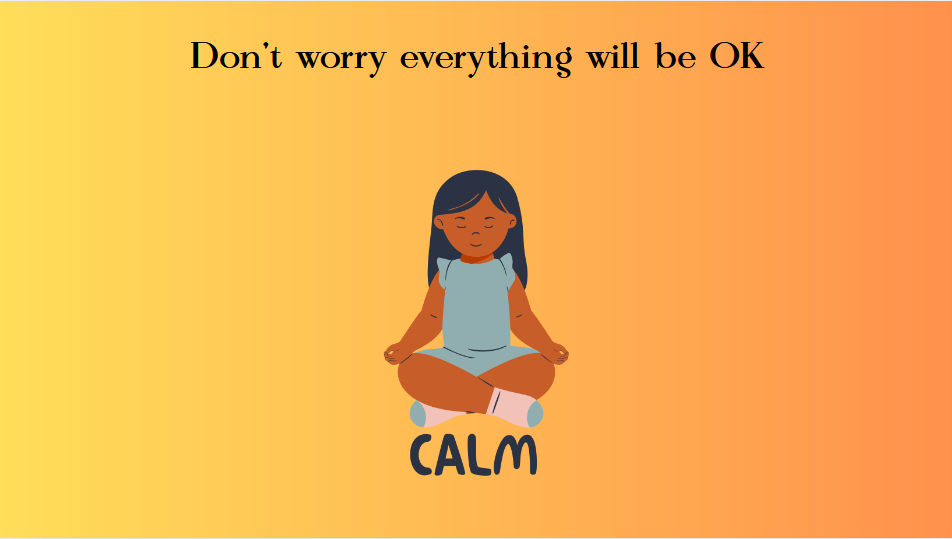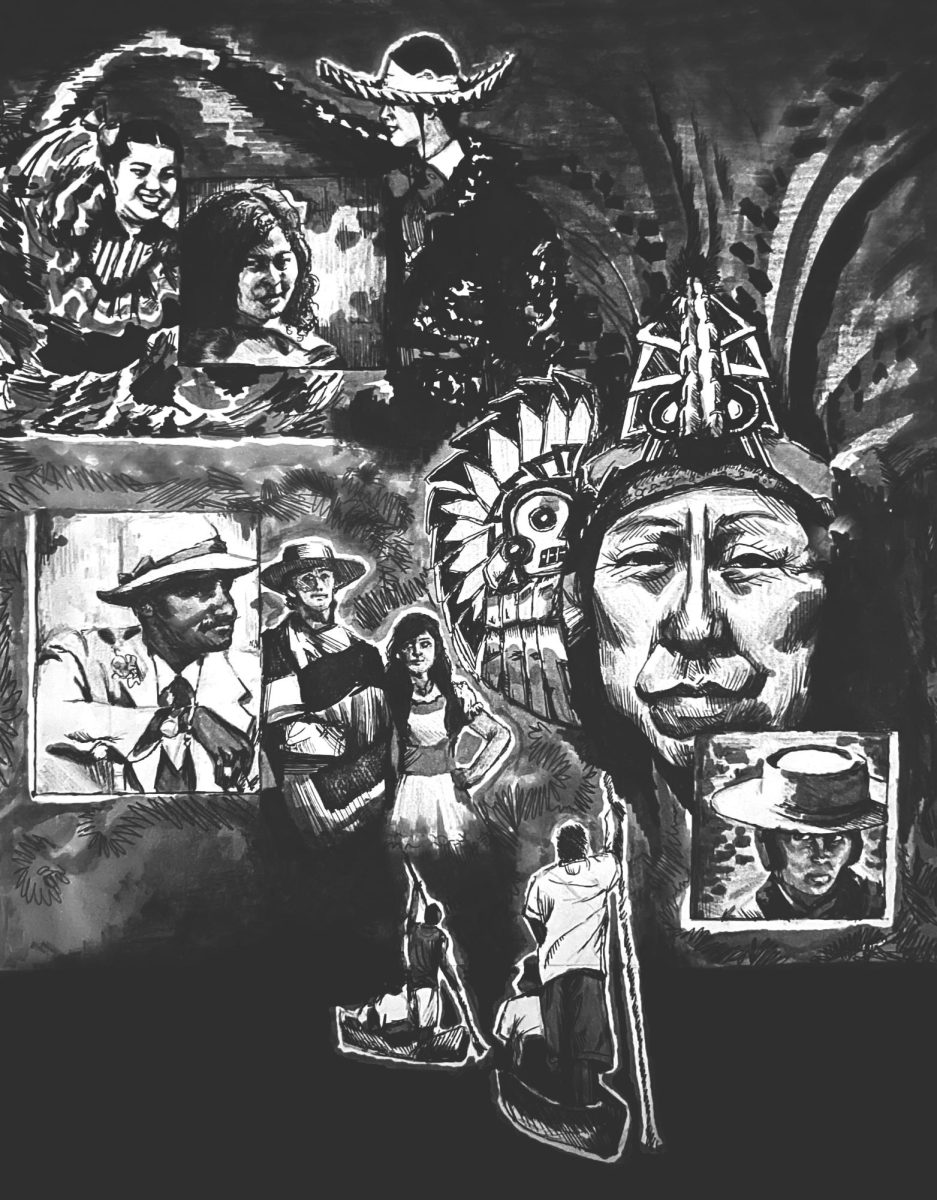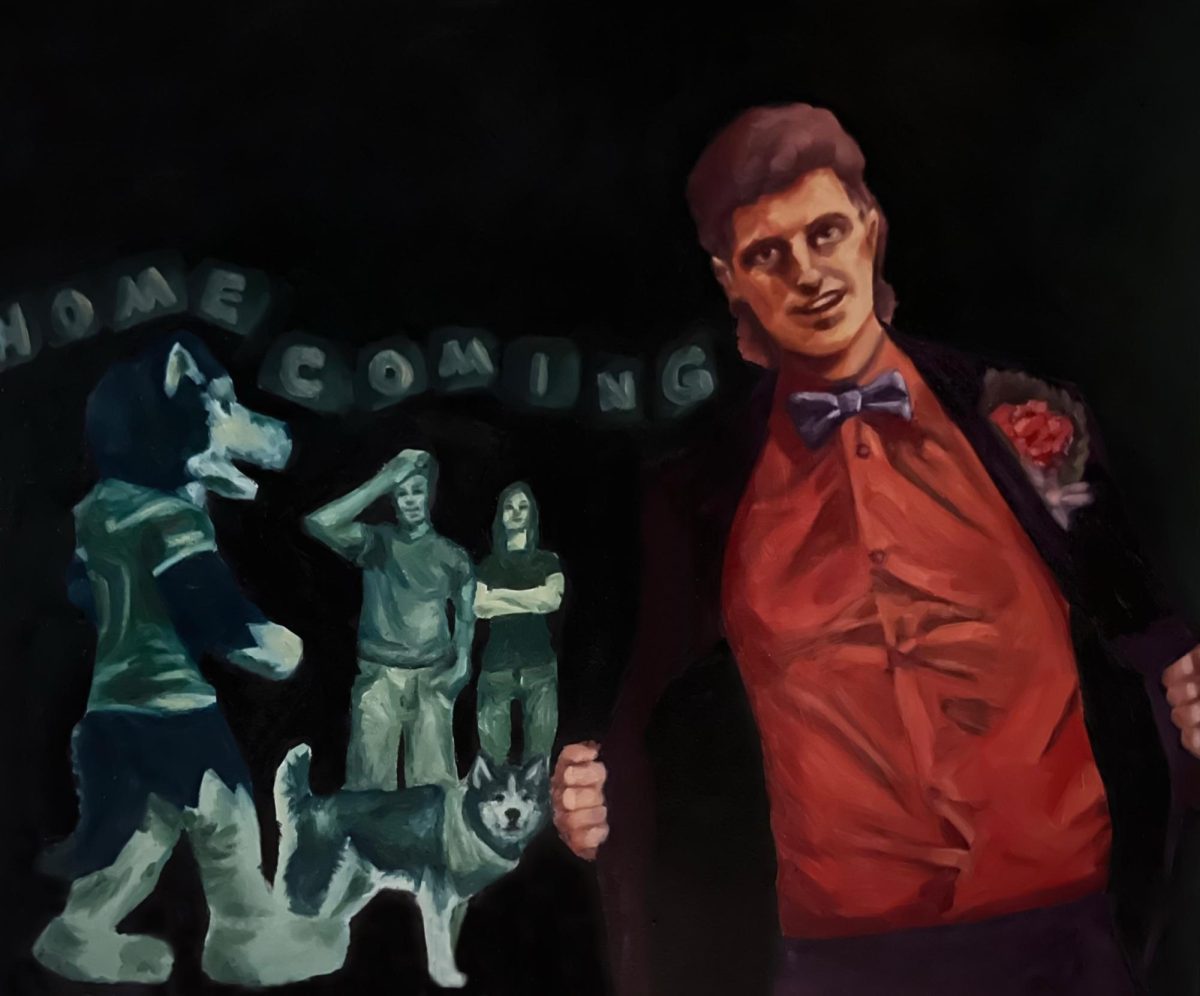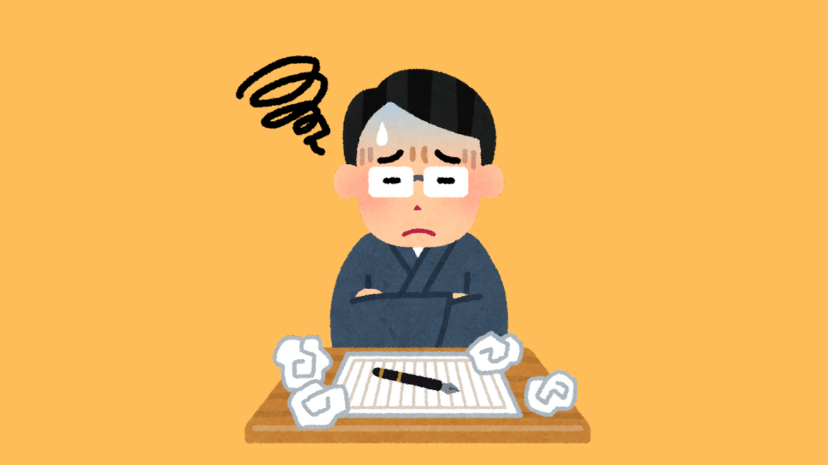There are few words more challenging to define than art, because to define art is to detract from the unique quality that makes it special in the first place: its fluidity. From one person to the next, there is no stable understanding of what art is, of what it can be – a ubiquitous answer does not exist. If one did exist, however, if someone could divine art’s perfect definition, it would most certainly include the word “challenging.”
For the purposes of this column, let’s take art at its most basic value: a creative act. Literature, film, music, and yes, artworks themselves, should all be considered on the same playing field. One is not better than the other; they are each and all valuable expressions of creativity.
What then, does it mean for art to be challenging? The simplest answer lies within the often dreaded Elizabethan poet: Shakespeare.
Almost everyone has had some experience with Shakespeare, whether that be begrudgingly reading one of his plays for a high school English course or genuinely connecting with his poetry.
It is very likely that, for better or worse, Shakespeare has somehow shaped your perception of literature. The effect might have been large and sweeping, like discovering a distaste for archaic language, or incredibly minuscule, such as gaining an appreciation for his specific usage of narrative techniques. Regardless, the effect has informed your canon of what literature is and what it can be.
It’s hard to walk away from reading Shakespeare without having an opinion, and a strong, visceral one at that. That is what it means for art to be challenging: to be so bold and uncompromising as to force a reaction, a reflection from its consumer.
Take, for example, the work of another misunderstood literary icon, William Faulkner.
Like many authors of the modernist movement he partook in, Faulkner’s work was strange, opaque and hard to digest, not because of obtuse language like in the case of Shakespeare, but because of unorthodox structure, because it broke the rules that literature was meant to follow.
Take, for example, a quote from Faulkner’s “As I Lay Dying,” his most popular book.
“In a strange room you must empty yourself for sleep. And before you are emptied for sleep, what are you. And when you are emptied for sleep, you are not. And when you are filled with sleep, you never were. I don’t know what I am. I don’t know if I am or not,” Faulkner wrote.
This perplexing series of sentences is completely at home within the book, accompanying many chapters of unending confusion. One such chapter is only four words long, it reads “My mother is a fish.” Point made.
Reading Faulkner seems like an impossible task when you first crack open one of his books. Take one look at “Absalom, Absalom!,” which contains the 1983 Guinness World Record for the longest sentence ever written at a staggering 1,288 words, and you might find yourself scared away. But, if you persist through some confusion, you’ll find that your perception of what is possible within the realm of words has changed.
That is what challenging art is capable of doing.
To be a challenging piece of art doesn’t necessarily mean to be difficult to consume, but difficult to process. To meet challenging art where it stands requires thought, thought requires effort, and effort is hard.
This presents a dilemma: if challenging art is hard, why shouldn’t I consume art that isn’t? Why shouldn’t I entertain myself with what is easy? Isn’t that what art is for: entertainment?
Yes and no. While it certainly holds true that the most effective art is often entertaining, it is by no means a necessity to be worthwhile. There are many examples of so-called bad art that happen to be entertaining, and one only needs to look at what charts at the box office to understand this. Marvel movies and trend-hopping blockbusters like the ten – yes, ten – installments of the “Fast & Furious” franchise are serviceable for a good time and a bucket of popcorn, but not very much else.
The same can be said for good art that isn’t entertaining, but accomplishes a different mission – challenging art most often falls under this umbrella.
So why, if challenging art is often both hard and not entertaining, is it vital that it be consumed? Simply put, to better yourself.
There is value to be found in low-effort entertainment, the soap opera serials and the dime a dozen novels – each has artistic value of its own merit. The problem lies within the accessibility of that value. Art like this requires very little input from the consumer, very little effort, and it is from the effort challenging art demands that new conclusions are most often reached.
New conclusions can shape new perspectives, new ideas, new opinions – they can fundamentally change your worldview.
No one was ever convinced of something via a poor argument, and the same can be said for art.
No one has ever reflected upon their own personhood after watching an episode of TV’s latest crime drama. Again, that’s not to say that TV’s latest crime drama is bad, but rather that it accomplishes exactly what it was created to accomplish. It was made to be passable entertainment.
When we are forced to take our time with and seriously contemplate a piece of art, whether it be channeled through the medium of film, music, literature, or whatever else, we enter into a vulnerable state in which we allow the art to tinker with us. It demands we critically analyze what lies beneath the surface, that we dip below rather than skim atop.
Avery Ullrich, a junior special education major, agrees with the sentiment and thinks that society is bettered by the challenge.
“If people aren’t learning and actively working on literacy in any sense, whether it’s reading and writing or like, musical and artistic literacy, or cultural literacy – you know, having to do some level of interpretation into why things are the way they are, and finding meanings and representation – you end up with a very bland and surface level society,” Ullrich said.
It is during this process that art sets into motion its most powerful, transformative process: personal reflection. Without reflection, without the art that inspires it, we as a people would remain stagnant and still.
So try challenging yourself with the art you consume, as the process might reveal to you something you were previously blind to: something about the world, something about art, something about you.




















